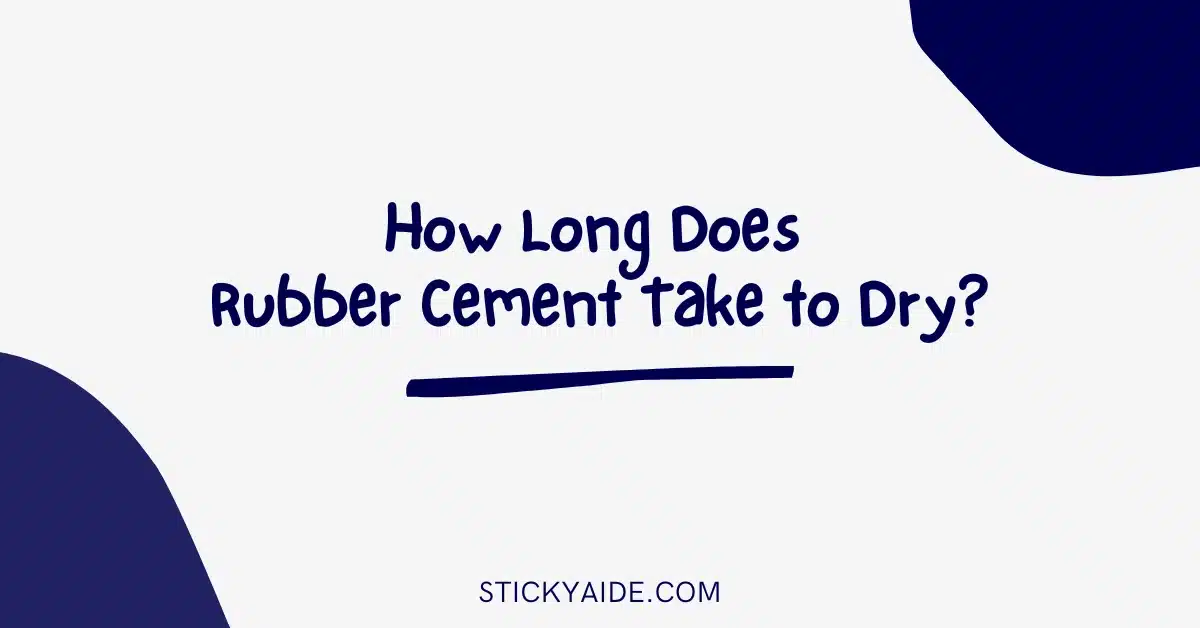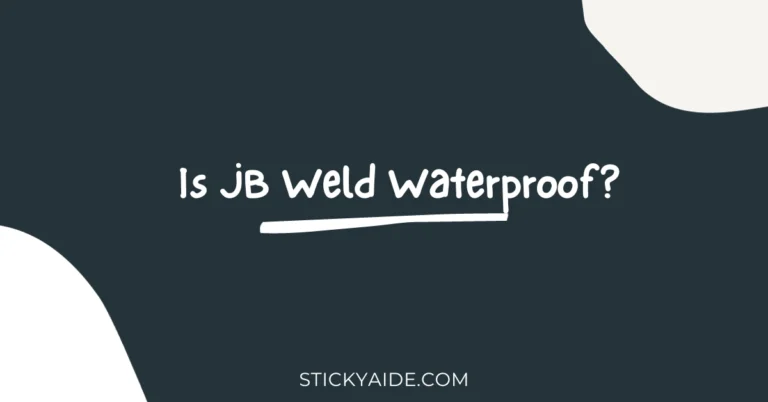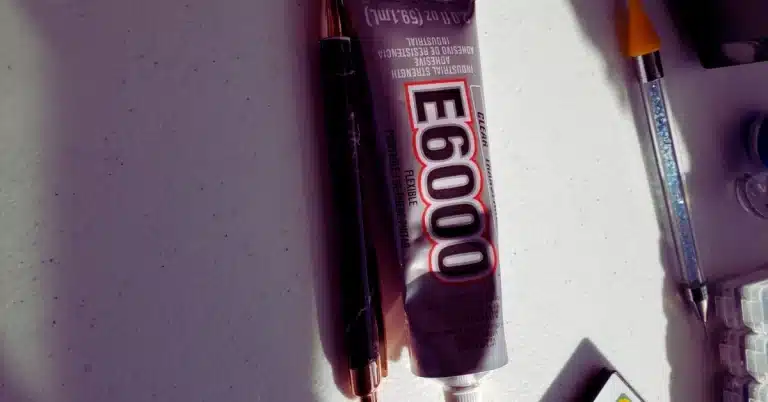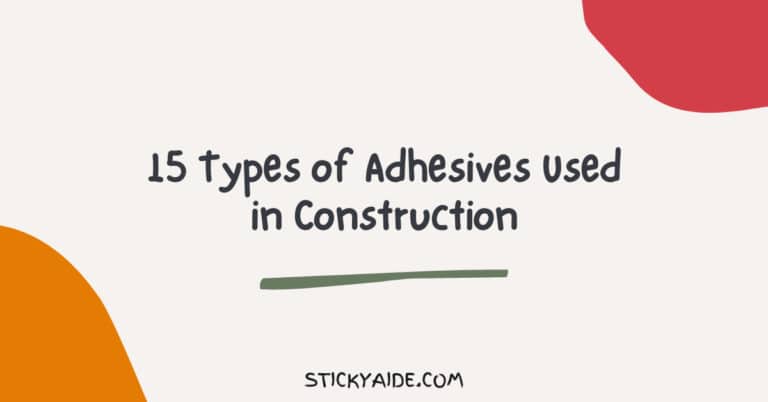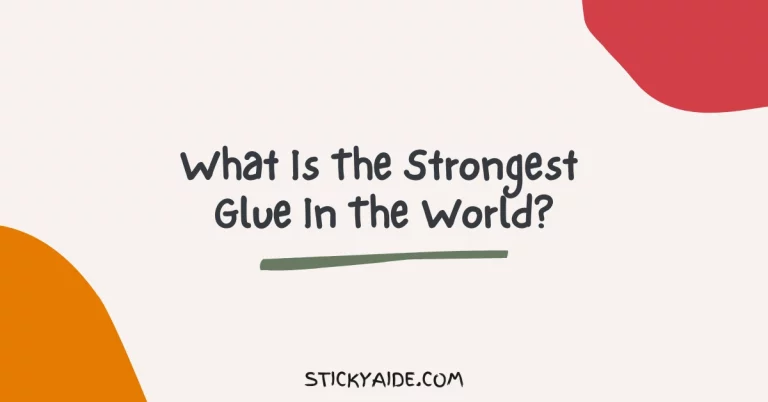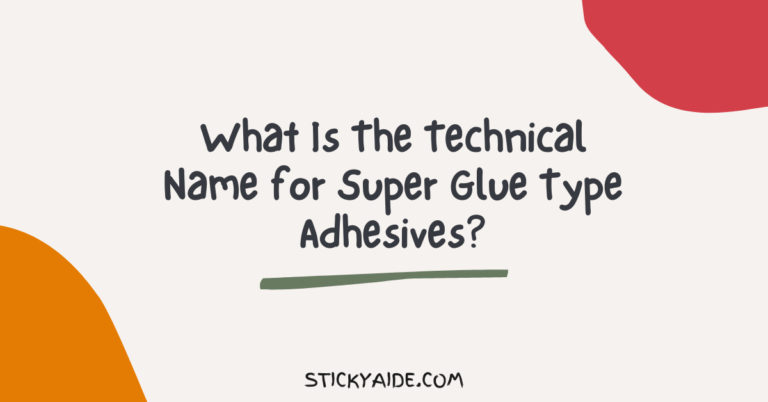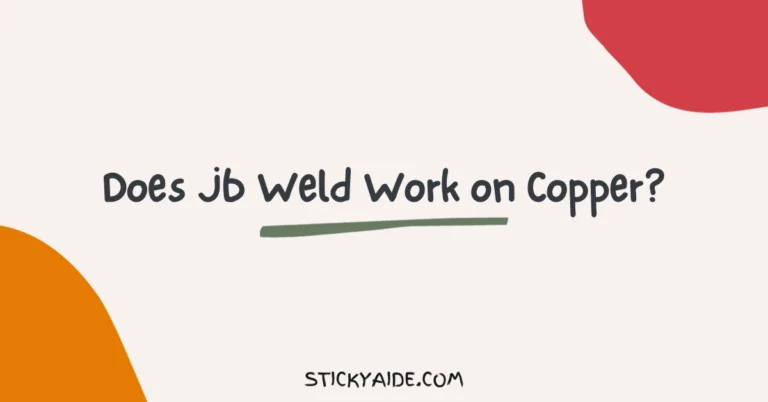Rubber cement is an incredibly strong and useful adhesive. It is versatile too. You can use this glue to bond any materials you want for a stronger hold.
However, have you ever wondered how long does rubber cement take to dry? Or how does it work?
I bet you haven’t.
I have explained everything about rubber cement and the time it requires to dry out completely so that you know how to work with it.
Keep on reading below to learn more about the mighty rubber cement adhesive.
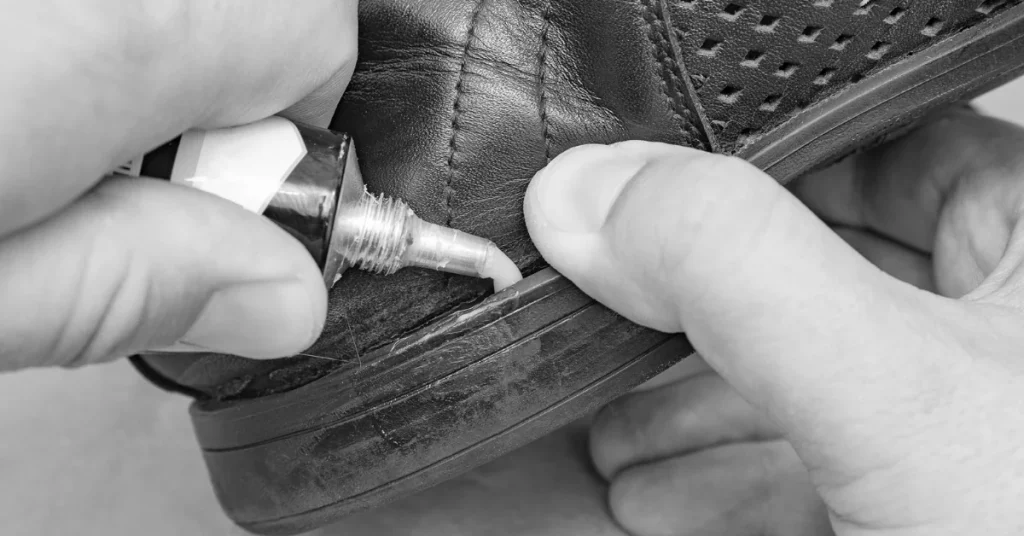
How Long Does Rubber Cement Take to Dry?
Even though it is a fast-drying adhesive, when it comes to how fast rubber cement dries, it actually depends on a few factors.
For instance, it takes about 5 minutes for rubber cement to dry completely. However, this time might differ depending on the thickness of the glue you have applied.
If the adhesive layer is thin and evenly spread, it will just take 2-5 minutes to dry nicely.
However, if you apply the rubber cement in a thick layer, it might take 15 minutes or so to cure the adhesive for a stronger bond.
But you must also remember that it doesn’t matter how you apply it; rubber cement shouldn’t take more than 20 minutes to dry completely.
Read More: How To Use Rubber Cement?
Are Curing And Drying Rubber Cement The Same Thing?
You might often wonder if the curing and drying processes of rubber cement are the same. But for your information, it’s not.
Even though curing and drying are related processes, they are not the same thing. And I have explained both these processes so that it’s easier for you to understand.
Drying: The drying process of the rubber cement means that the solvent in it evaporates to make it tacky or gooey. During the drying process, the adhesive will bond to surfaces to join them perfectly.
However, the drying process will not completely offer the stronghold rubber cement provides. For the perfect and permanent bonding, the adhesive needs to be cured.
Curing: Unlike drying, curing is the process when the rubber cement reaches its optimal strength and sets completely for a permanent bond. The curing process might involve a chemical reaction and extended time than the drying process.
About Rubber Cement
Rubber cement is a popular adhesive that is best known for its versatility and strong bond.
Made from elastic polymers mixed in a solvent, this adhesive comes in a liquid form for ease of use. You can use it to bond rubber, leather, ceramic, wood, glass, and other materials effectively.
Even though it comes in a liquid form, the rubber cement dries off to a solid adhesive for a durable bond.
However, one thing you must keep in mind is that rubber cement creates a temporary bond until it dries down completely. This means that you can reposition the bonded items as much as you want before it dries out completely.
But then again, as it has a quick-dry formula, you will only get a few minutes to work with it before it dries down and forms a permanent bond with the surfaces.
Read More: Contact Cement vs. Rubber Cement
How long does it take for rubber cement to cure fully?
Rubber cement typically dries by evaporation, and the curing time can vary depending on factors like temperature, humidity, and the thickness of the application.
In most cases, it takes about 15 minutes to 1 hour for rubber cement to partially dry, but it may take up to 24 hours or more to cure fully.
To ensure the best bond and results, it’s often recommended to let it dry for the full curing time specified on the product label.
Does rubber cement harden?
Rubber cement does not harden in the same way that some other adhesives do. Instead of becoming rigid and brittle, rubber cement remains flexible and pliable even after it has dried.
This flexibility is one of its key characteristics, making it useful for applications requiring a flexible bond.
Is rubber cement a permanent glue?
Rubber cement is not considered a permanent adhesive in the traditional sense. It is a temporary or repositionable adhesive, allowing you to detach easily and reposition bonded items.
Over time, the adhesive properties of rubber cement may weaken, and the bond may become less effective.
If you need a permanent bond, other types of adhesives like epoxy, superglue, or woodworking glues are more suitable options.
Last Opinion
It doesn’t take much time for the rubber cement to dry out completely. But now you know that there are a few factors that might affect the drying time of this adhesive.
Consider these factors and apply the glue perfectly to not only enjoy a quick drying process but also to ensure a strong bond between surfaces.

